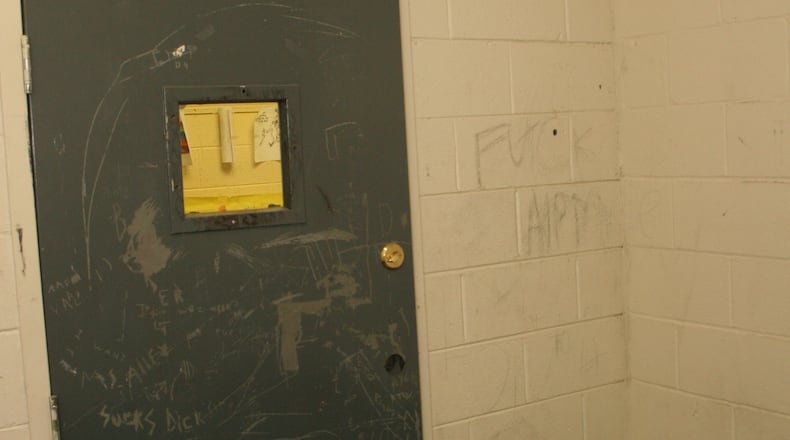Six years ago, the state Board of Education adopted regulations that restricted the ways that Georgia schools manage their most out-of-control students.
But the regulations on restraint and seclusion say a lot more about the techniques that are prohibited than about how to do what is still allowed. An investigation by The Atlanta Journal-Constitution, published over the weekend, found that the practices persist, particularly in the state’s unique network of “psychoeducational” schools.
The state board adopted regulations after the death of Jonathan King, a student in the Georgia Network for Educational and Therapeutic Support, or GNETS. This psychoeducational system, for children with behavioral and emotional disorders, is the only one of its kind in the nation.
Jonathan, 13, hanged himself in a seclusion room, using a piece of rope a staff member had given him to hold up his drooping pants. The “time-out” room, as his teachers called it, looked more like a jail cell: a locked metal door, graffiti-marred concrete-block walls, no bathroom or running water, no windows.
The regulations banned seclusions altogether. They also prohibited mechanical restraints – straps, cuffs or other devices that restrict a student’s movement – and chemical restraints such as sedatives or other medications.
The use of physical restraint was, on paper, significantly limited. The regulations bar holding a student in a prone position or in any way that breathing might be inhibited. Physical restraint is allowed only after other behavioral interventions have failed.
Of course, in a chaotic, highly charged situation, educators may not have time to attempt another intervention, assess its effectiveness and come to a measured conclusion that physical restraint is necessary.
Regardless, it is clear that students in special education bear the brunt of the vast majority of restraints.
In the 2012 school year, for instance, 75 percent of restraints involved students with disabilities, according to federal data. If restraints that occurred at juvenile detention centers are excluded, 83 percent involved disabled children.
And over the past two year, the Journal-Constitution found, restraints at the GNETS programs overwhelmingly exceeded those recorded at all other Georgia schools.
There are 24 GNETS programs, with fewer than 3,400 students. In the 2015 school year, the programs reported more than 5,000 restraints – about 158 for every 100 students.
At the 2,300 other public schools in Georgia, with about 1.7 million students, one-fifth as many restraints took place – 7/100 of 1 restraint per 100 students.
The implication is that the most restrictive (and, experts say, dangerous) techniques are used to control not students who won’t behave – but those who can’t.
The Journal-Constitution's three-part series on GNETS is available at myajc.com.
Part one: Georgia sends a vastly disproportionate number of African-American students to its psychoeducational programs.
Part two: A proposed behavioral experiment on a troubled 9-year-old girl led to a courtroom showdown.
Part three: Psychoeducational programs apply restraints thousands of times a year – five times more than all other Georgia schools combined.
About the Author
The Latest
Featured



